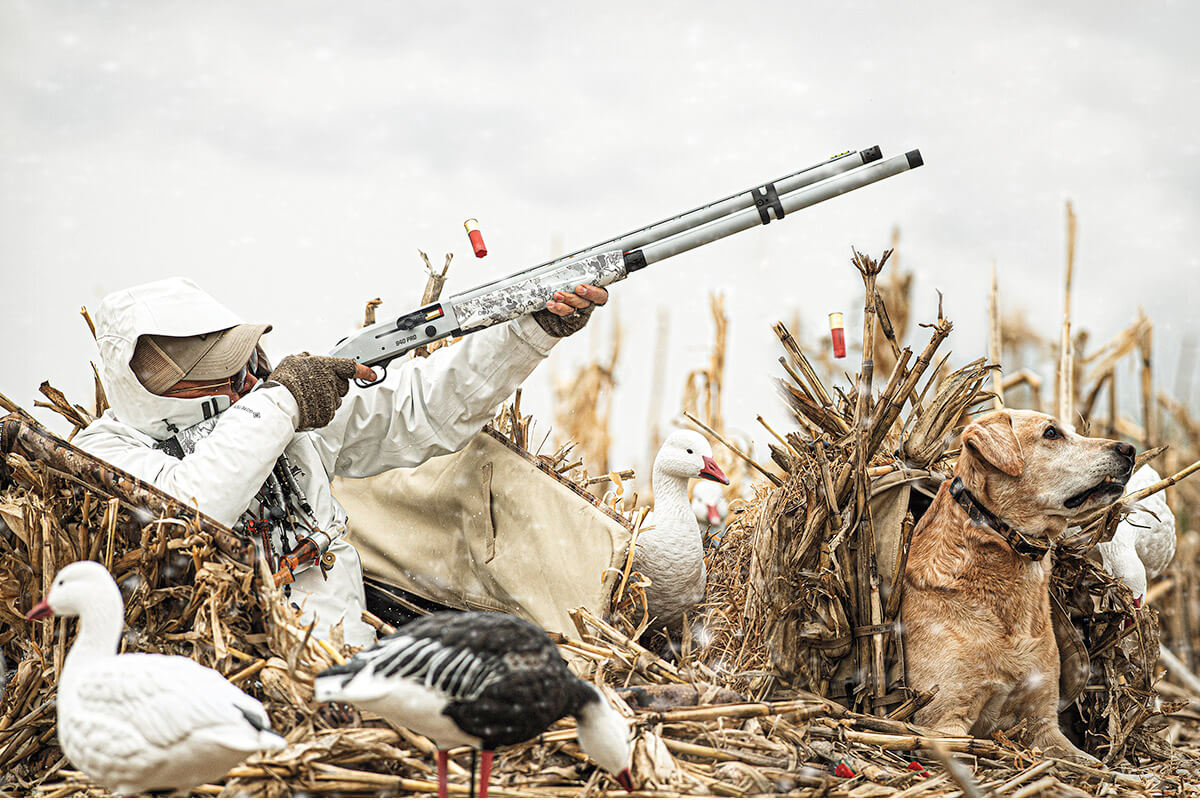Fresh Air and Clean Bones: How to Keep a Dermestid Colony Odor-Free

Dermestid beetles, often called flesh-eating or hide beetles, are essential tools in the fields of taxidermy, natural history, and forensic science. These industrious insects are masters of flesh removal, capable of cleaning skeletons down to the bone with meticulous precision. Their utility, however, comes with a common occupational hazard: the potential for powerful, unpleasant odors. A healthy, well-maintained dermestid colony should have a faint, mushroom-like or earthy smell, but a strong, pungent, and frankly offensive odor indicates a problem. For experienced keepers, managing odor is the single most critical aspect of colony maintenance, crucial not only for a pleasant working environment but also for the health and productivity of the beetles themselves.
The odor from a Dermestid Beetles Colony for Taxidermy Flesh Eating Beetles for Skull Cleaning
is not primarily caused by the living beetles, but by the decaying organic material they are feeding on, combined with poor ventilation and inadequate bedding management. Preventing the smell is a far more effective strategy than trying to eliminate it after it has taken hold. This requires a proactive, multi-faceted approach focused on minimizing putrefaction, maximizing airflow, and ensuring the environment remains dry and clean.
The Cornerstone of Control: Preparation of Specimens
The vast majority of colony odor problems stem from improperly prepared specimens. The beetles can only consume flesh that is dry or semi-dry. Excessive moisture is the enemy, as it fosters the rapid growth of anaerobic bacteria, which are the real source of the strong, rotten smell.
Before introducing any specimen to the colony, meticulous preparation is necessary. All major muscle masses, fat deposits, and organs must be removed. The goal is to present the beetles with the absolute minimum amount of wet flesh. For larger or meatier specimens, boiling or simmering the specimen to remove as much tissue as possible is a common practice. If boiling is not feasible, the specimen should be dried thoroughly. This is typically done by hanging the carcass in a dry, warm, and well-ventilated area for several days or by using a low-heat food dehydrator. The less wet flesh you introduce, the less bacterial putrefaction will occur, directly reducing odor. Never place a freshly killed or large, unskinned carcass directly into the colony.
Environmental Management: Airflow and Humidity
Dermestid beetles thrive in warm, dry environments, and maintaining these conditions is key to odor control. A damp, stale environment allows odors to concentrate and bacterial growth to flourish.
Ventilation is paramount. The colony enclosure must have adequate airflow. If the enclosure is a sealed container, holes should be drilled on the sides and lid and covered with a fine mesh (like screen door material) to prevent escape while allowing air exchange. Ideally, the enclosure should be placed in a dedicated room with a separate, effective exhaust fan that vents directly outside. This continuously pulls smelly air away from the colony and replaces it with fresh air.
Bedding and Substrate: The Absorbent Layer
The substrate or bedding used in the colony serves as a habitat, a place for larvae to burrow, and a critical moisture absorber. Choosing the right material and managing it correctly is vital for maintaining a clean smell.
The best substrates are highly absorbent and provide a dry environment. Common choices include fine pine shavings, wood chips (avoid cedar, which is toxic to insects), or finely shredded paper. Do not use potting soil, sand, or anything that retains moisture. The bedding should be deep enough for the larvae to burrow and pupate, usually at least 4 to 6 inches.
Bedding maintenance is continuous. As the beetles feed, the bedding becomes contaminated with frass (beetle droppings), residual dried flesh fragments, and moisture. Over time, this mixture will begin to smell strongly. Periodically, the bedding needs to be sifted or entirely replaced. Most keepers sift the bedding every few months to remove debris and dead beetles, but a complete change-out should occur at least twice a year, or immediately if a strong, sour odor develops. Replacing the bedding removes the source of accumulated smells and ensures a dry, sanitary environment for the colony.
Wrapping-Up!
Avoid using chemical air fresheners, sprays, or disinfectants inside the colony enclosure. These chemicals can be toxic to the beetles, disrupt their feeding habits, and potentially compromise the integrity of the bone specimens. The goal is to maintain a natural, clean ecosystem, not to mask a problem with perfumes. If you need a strong air freshener, the problem is not your air, but your specimen preparation. A healthy colony should be maintained by addressing the source of the smell—excess moisture and decay—through preparation and ventilation. By adhering to these proven practices, keepers can ensure their dermestid colony remains an efficient, odor-free tool for their work.

